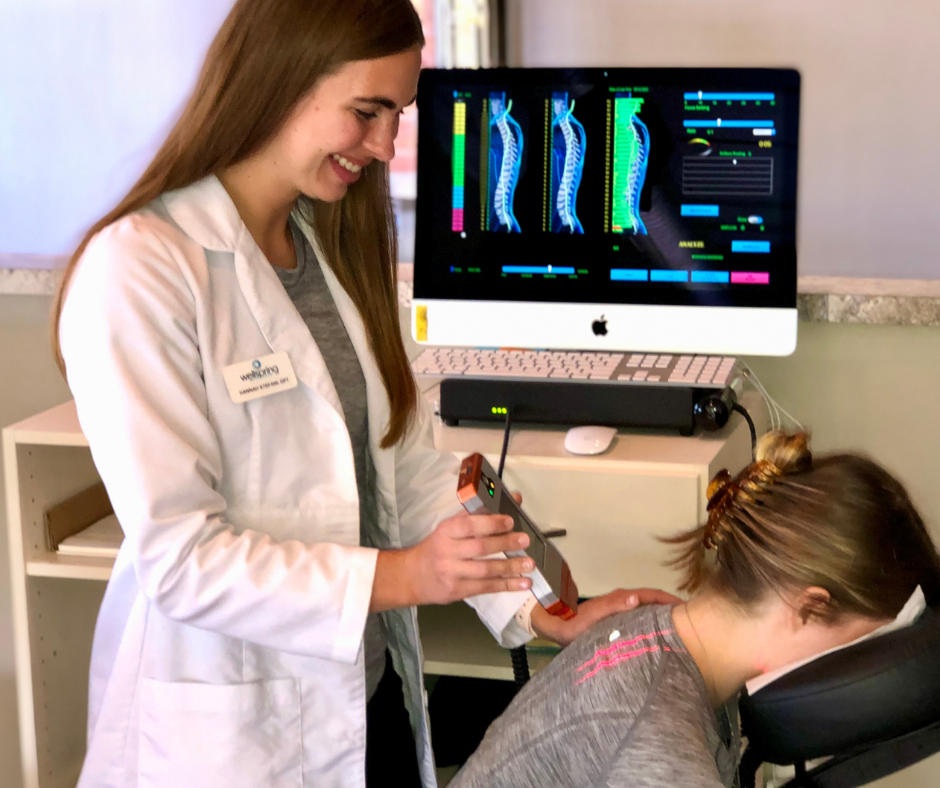Neuromuscular Reeducation
Physical therapists use neuromuscular re-education to reduce pain and correct body movement patterns.
Your nerves and muscles communicate with each other to direct movement. Signals from nerves trigger muscle contractions. Over time, your muscles and mental reflexes learn this process and establish specific movement patterns.
When nerves or muscles are injured or affected by medical or neurological disorders, muscular movement patterns can be negatively impacted. Neuromuscular re-education is a method physical therapists use to help patients with neuromuscular impairments regain standard movement patterns.
Neuromuscular re-education consists of:
- Manual techniques (i.e., PNF-proprioceptive neuromuscular facilitation)
- Activities for balance and core control
- Therapeutic exercises that are designed to re-develop normal controlled movement patterns.
To eliminate many of the symptoms a patient presents throughout their treatment, neuromuscular re-education restores a patient’s basic kinesthetic sense and proprioception from the brain through the cervical, thoracic, and lumbar spinal nerves to the body. When these neurological features are not working, a patient cannot maintain a stable posture, and several of the muscles of the involved area do not function correctly. Pain, inflammation, and swelling resulting from surgical damage or injury can result in loss of neuromuscular control and abnormal movement.
Many of our patients have general soreness and decreased joint mobility. A joint must have full movement in order to be functional. If the joint does not have a full range of motion, the resulting weakness and dysfunction will worsen over time. This time period varies for each individual, generally several weeks to months depending on the patient’s condition if treatment is not implemented.
It is necessary to ensure that any loss of motion or strength is remedied to control the patient’s symptoms and correct the underlying condition. However, re-education of the nervous system is required before the patient’s strength and mobility can be fully restored. Without this neuromuscular re-education process, it’s unlikely that the patient will regain normal movement patterns.
Neuromuscular re-education plays a significant part in the recovery of our patients. Implementing the proper methods and exercises on an injured body part can prevent acute pain from developing into a long-term health condition.
Get started today!
At Wellspring Health Center, we look at the patient as a whole and address all aspects of the dysfunction to help the patient achieve their maximal rehabilitation potential and be the best they can be in performing all of their functional activities.
For more information, contact us at Eden Prairie, MN center.




